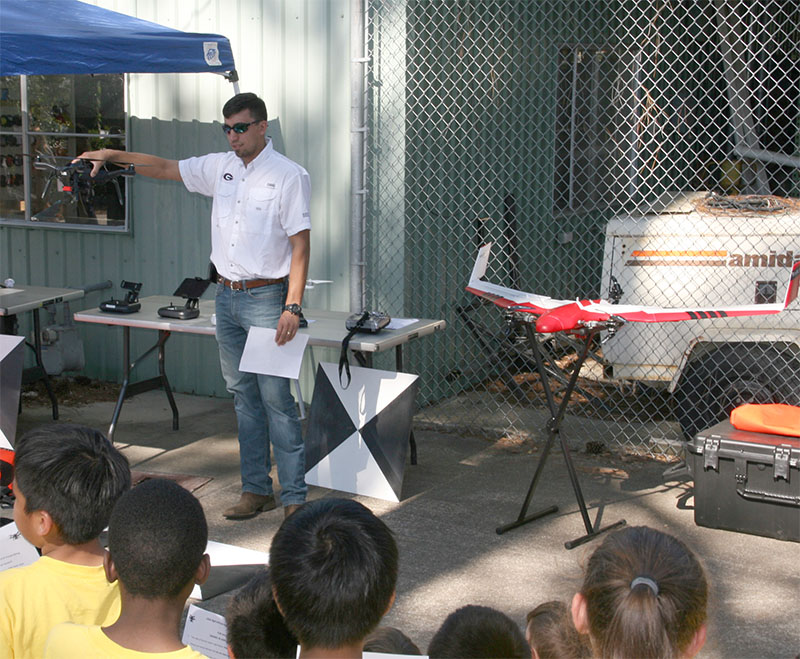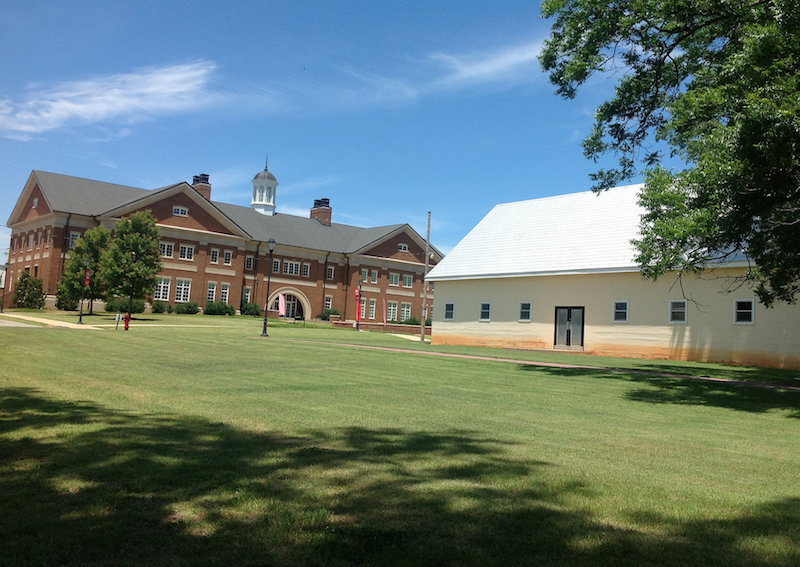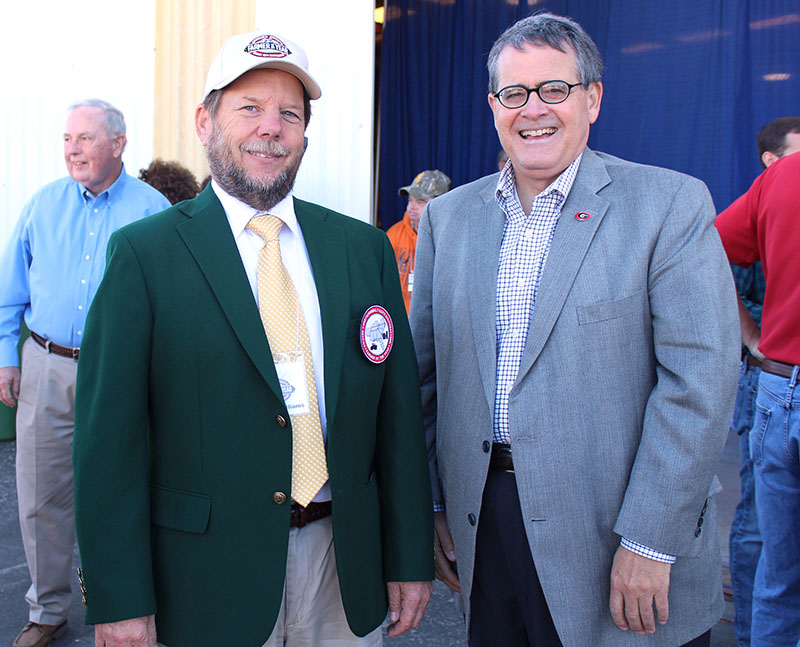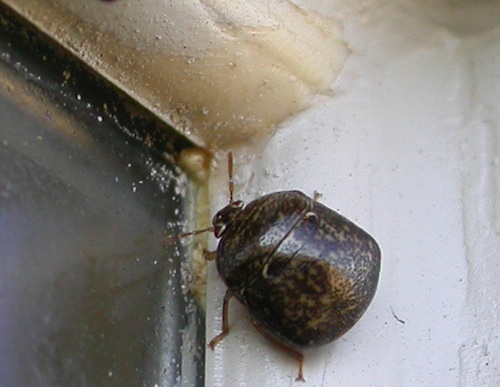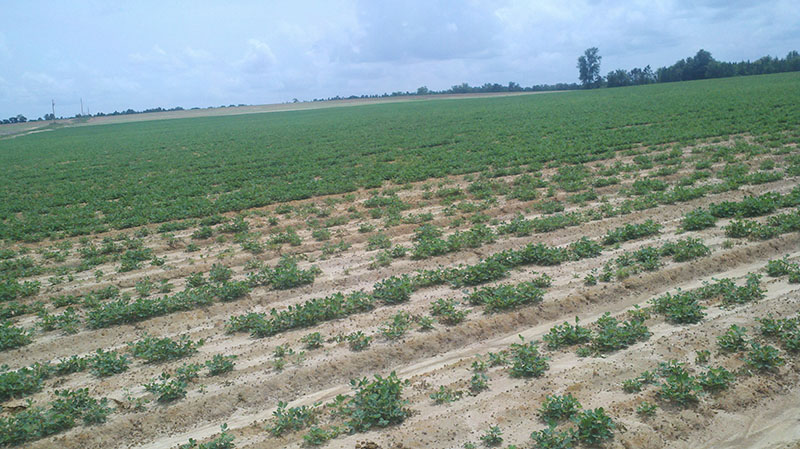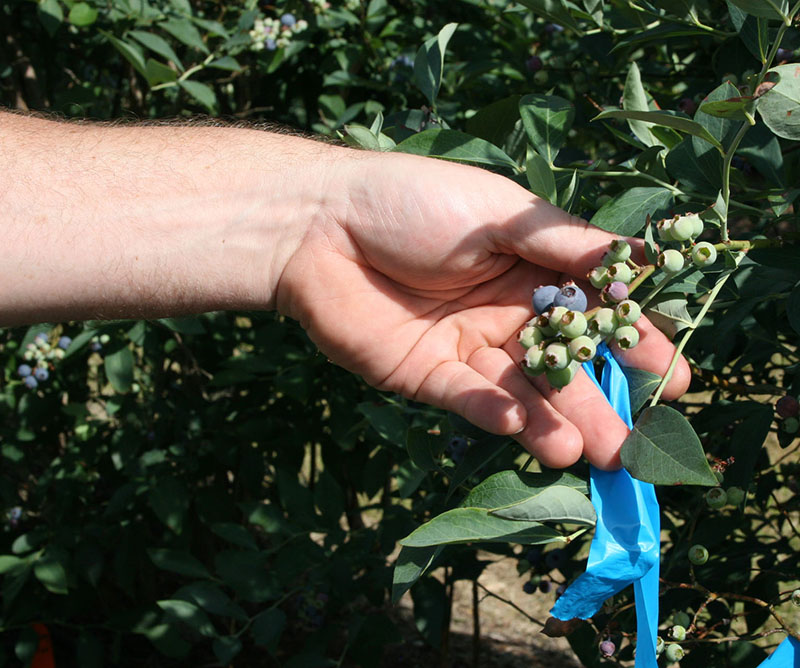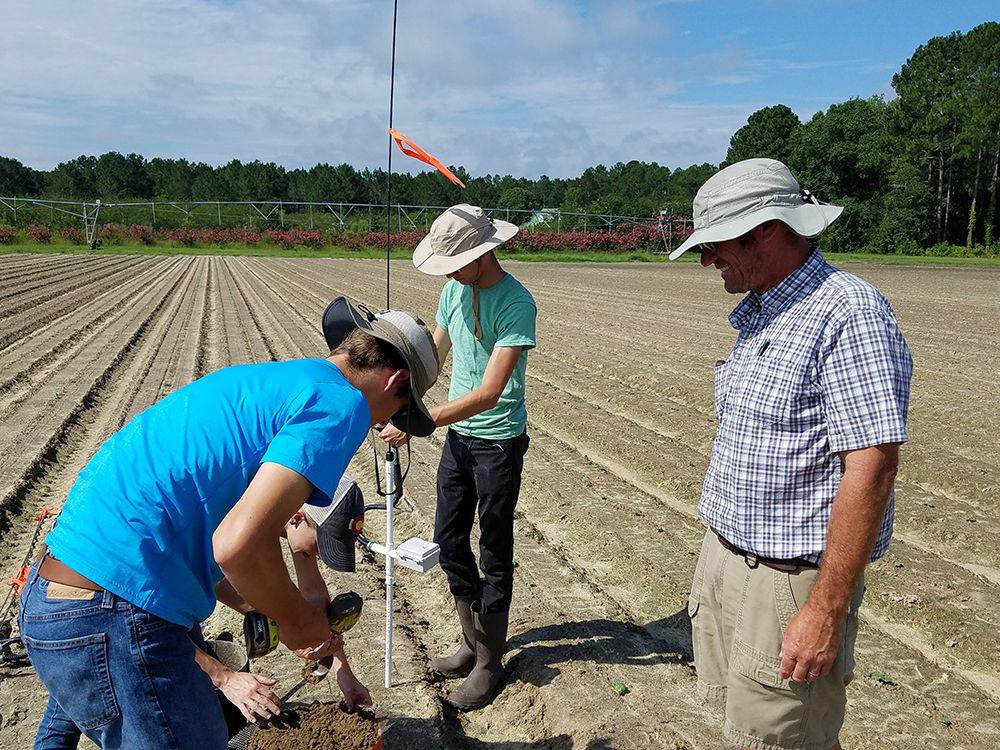 CAES News
CAES News
Conservation Tillage
Conservation tillage saves farmers time and money and improves the soil, but only 20 or 30 percent of Georgia farmers use this system, according to University of Georgia Cooperative Extension soils and fertility specialist Glen Harris.

